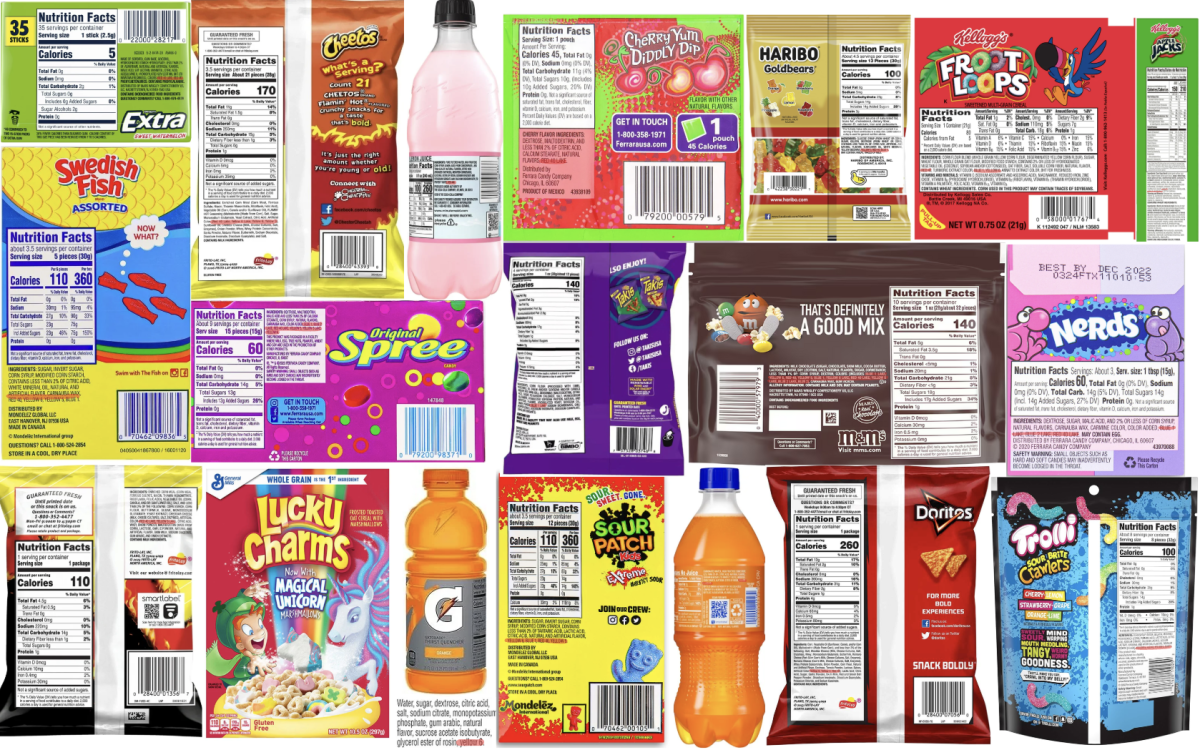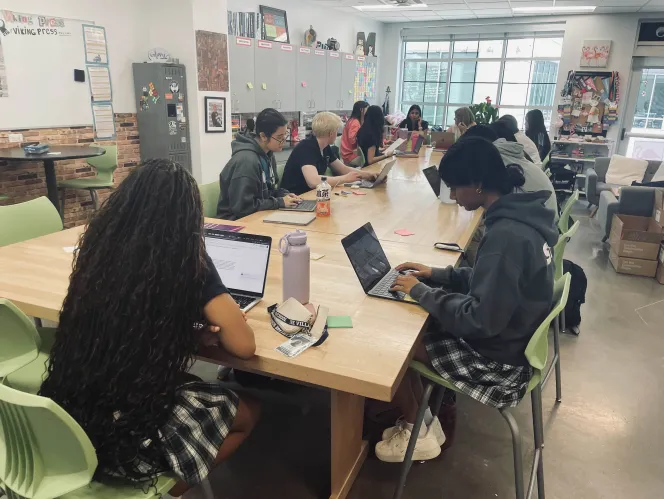Have you ever wondered what makes Gatorade bright blue or what gives M&Ms their vibrant colours? Artificial food dyes are man-made additives created using chemicals like petroleum-based oils, which are added to food products to create vibrant colors. In 1856, the first artificial food dye, mauve, was discovered. Since then, more have been added to the list, and there are now 9 dyes officially recognised by the U.S Food and Drug Administration. Today, they are widely used in processed food, candies, and drinks. Their presence in everyday foods has become so normalized that most people don’t stop to think about the impact they may have or what they can be doing to our bodies. New research is causing growing unease, and the question is no longer about how food looks but whether it should look that way at all, especially when what could be jeopardizing our health is hidden in plain sight.
Companies mainly use synthetic food colorings for appearance. Artificial food colorings allow food to be vibrant colors instead of dull and muted. This makes food items more appealing to customers and influences buying behaviour. No one is going to buy a muddy coloured candy.
“If I see something colorful versus something gray or bland, I’m much more likely to go for something colorful,” said freshman Isabella Piracci, “It looks tastier if it’s colorful.”
Artificial dyes are also more stable under heat and light, which makes product appearance more consistent and a longer shelf-life. One of the biggest factors contributing to the widespread use of artificial coloring is cost. Artificial dyes are much cheaper to source than natural dyes and require smaller amounts for higher saturation. Additionally, they are faster and easier to mass produce, allowing for maximum product and maximum profit.
On the other hand, artificial dyes have raised many health, environmental, and ethical concerns in recent years. According to the National Library of Medicine, across 25 studies, 64% found a positive correlation between artificial food dye exposure and adverse behavioural effects in children, specifically increased rates of ADHD. Additionally, some artificial food colorings, specifically blue 2, red 3, and yellow 6, may show signs of tumors in rats. Due to this, the FDA has banned red 3 in food because of a clause that prohibits the use of any substance that shows signs of causing cancer in animals and humans. The FDA is also on track to phase out all chemical food dyes by the end of 2026. Artificial dyes also pose a significant environmental risk as production has a larger carbon footprint, and overproduction causes pollution. From an ethical standpoint, the way artificial dyes are regulated in the United States is completely different compared to other countries, especially in the European Union. Many dyes are completely banned in Europe or require warning labels. Why do American companies continue to use these dyes when the safety risks have become clearer and clearer?
As concerns about artificial food dyes grow, people are starting to wonder not only if they are safe but if they’re necessary. Many manufacturers have switched to alternatives like natural food dyes; however, there is still a long way to go. Some companies are concerned that changing coloring methods could decrease their profit due to not matching consumer expectations, however, growing demand for cleaner ingredients could strengthen consumer trust in the long run. At The Village School, the campus store is full of vibrant colored snacks, many of them containing artificial dyes. If the community became more aware and advocated for healthier and safer alternatives, the campus store could become a place that supports student well-being by fostering awareness and informed choices. Why wait for artificial dyes to be banned to create change?
Resources
https://www.cspinet.org/article/artificial-colorings-synthetic-food-dyes
https://www.cspinet.org/sites/default/files/attachment/food-dyes-rainbow-of-risks.pdf








